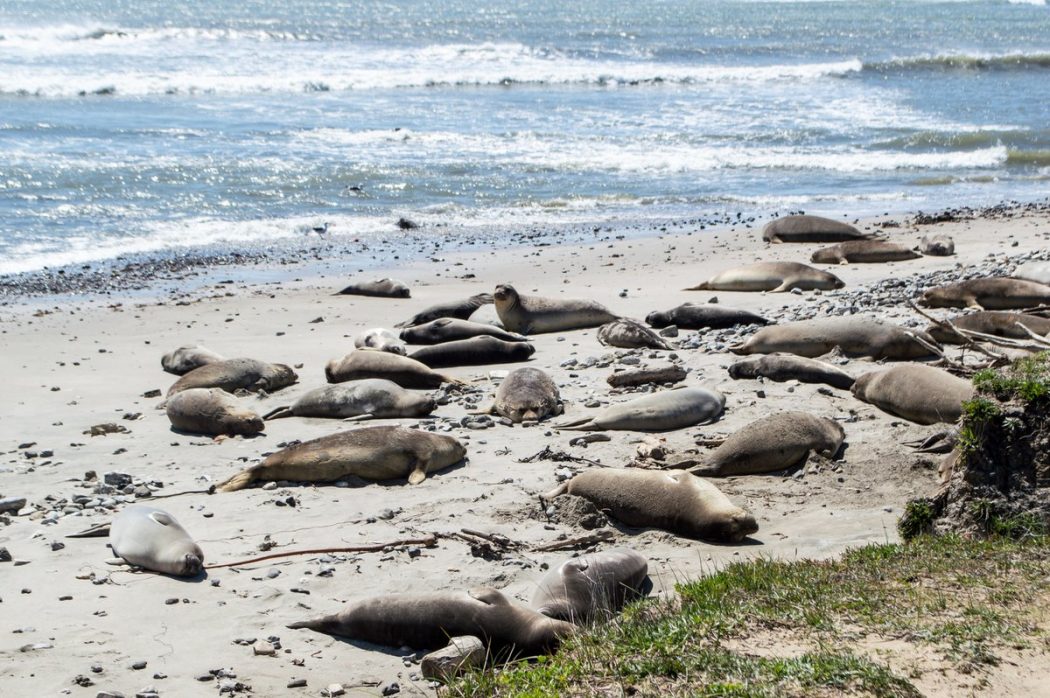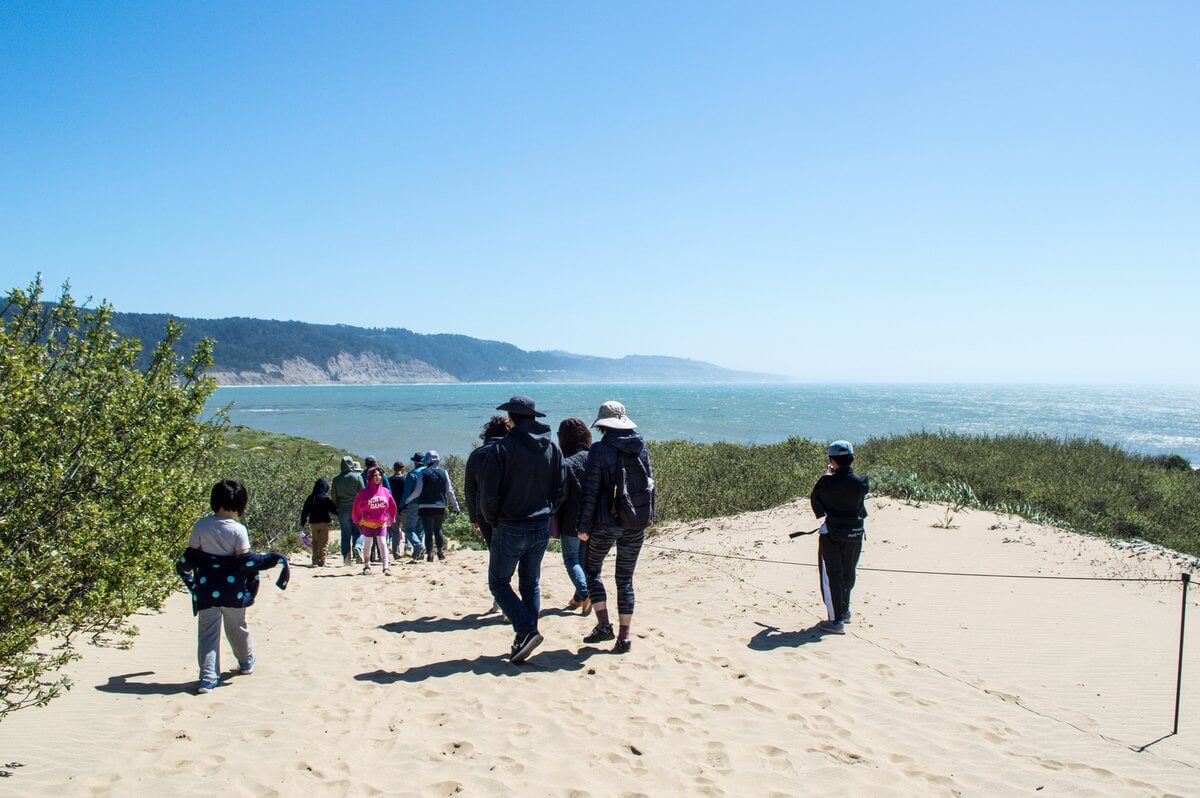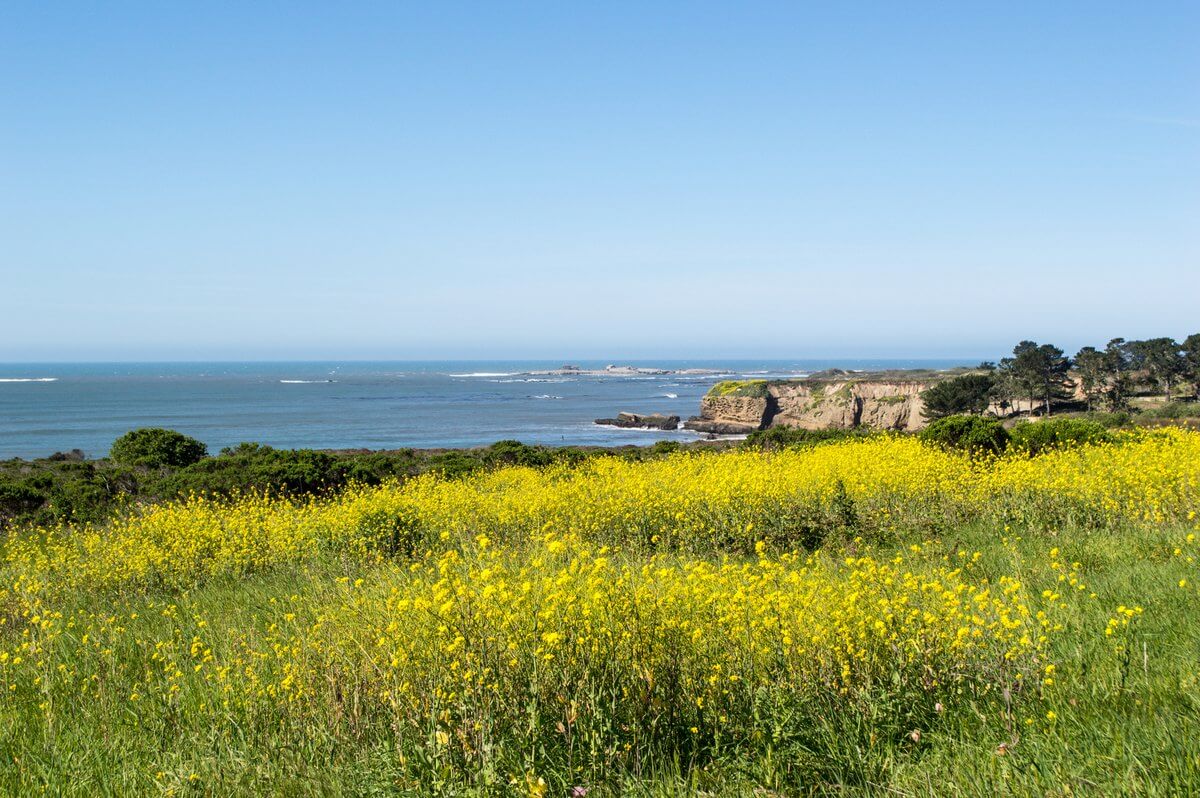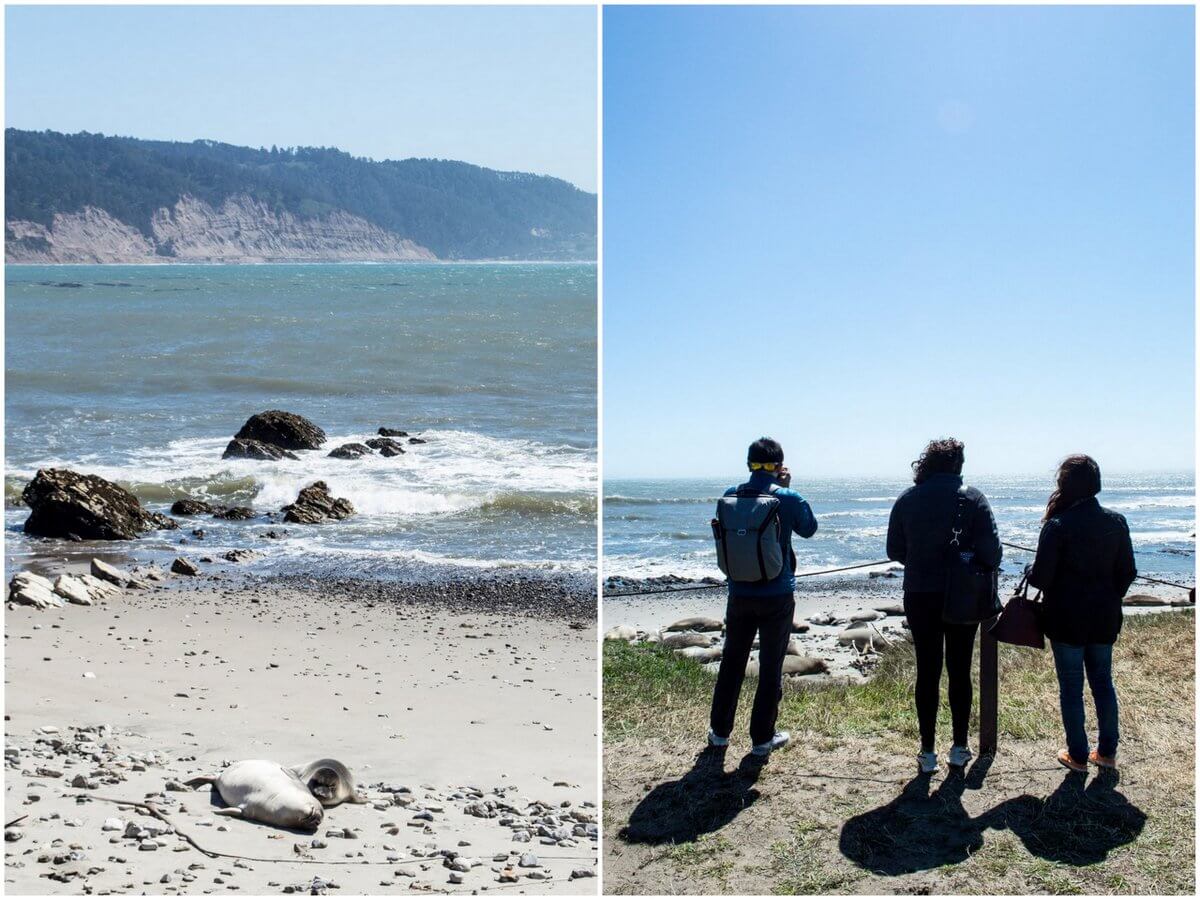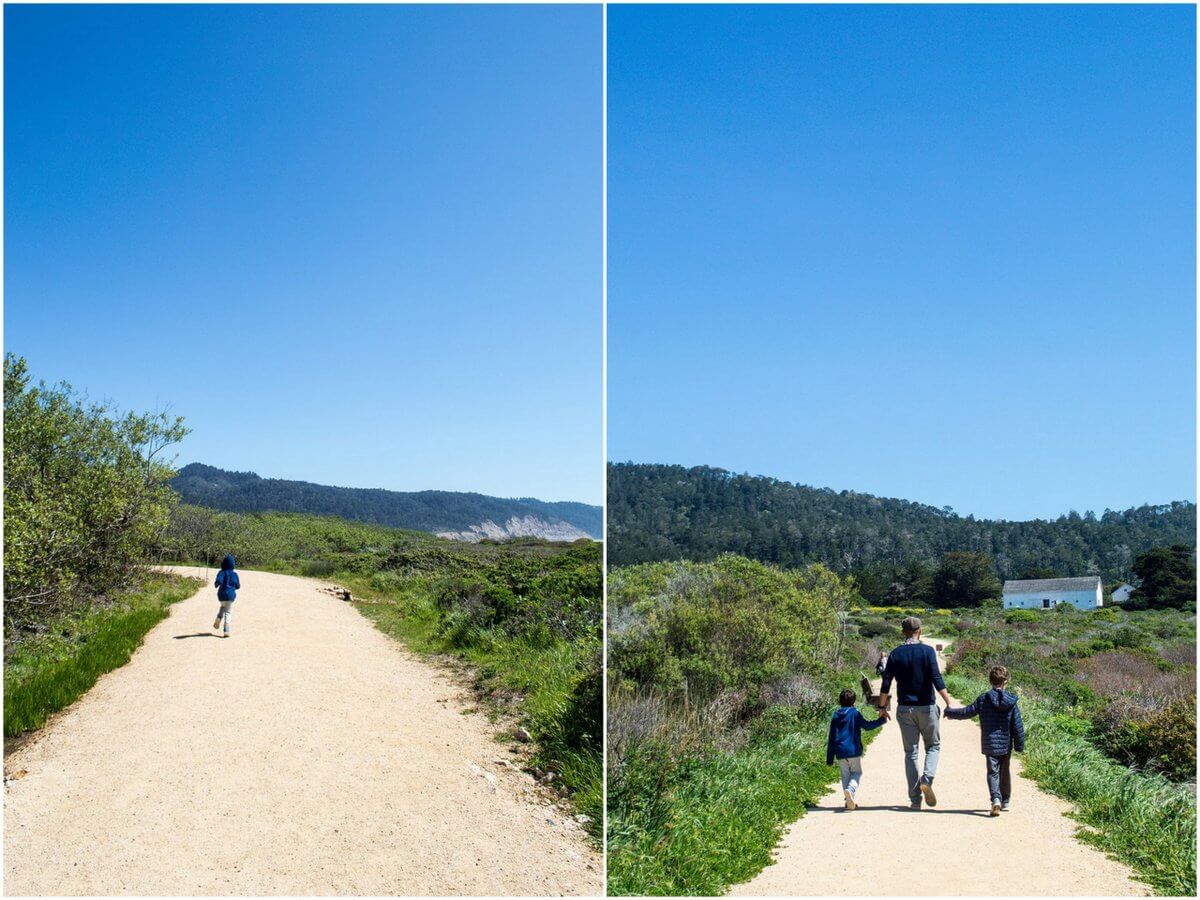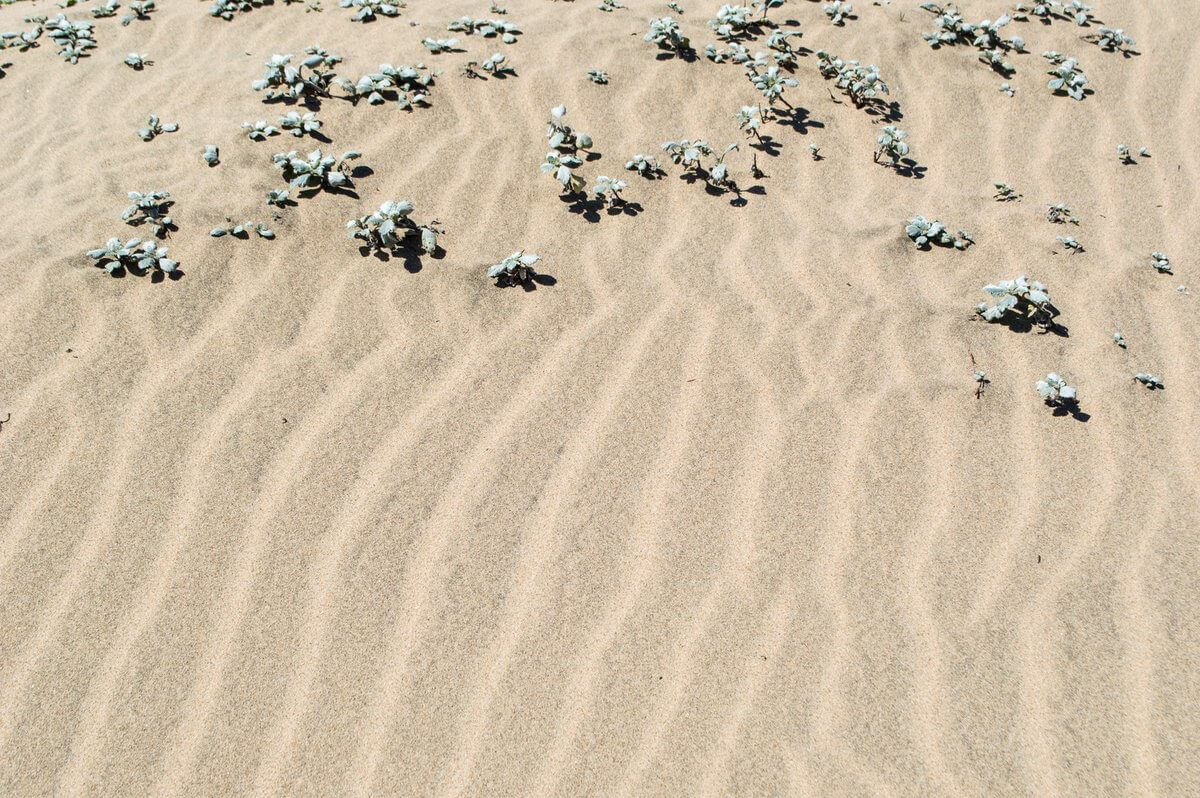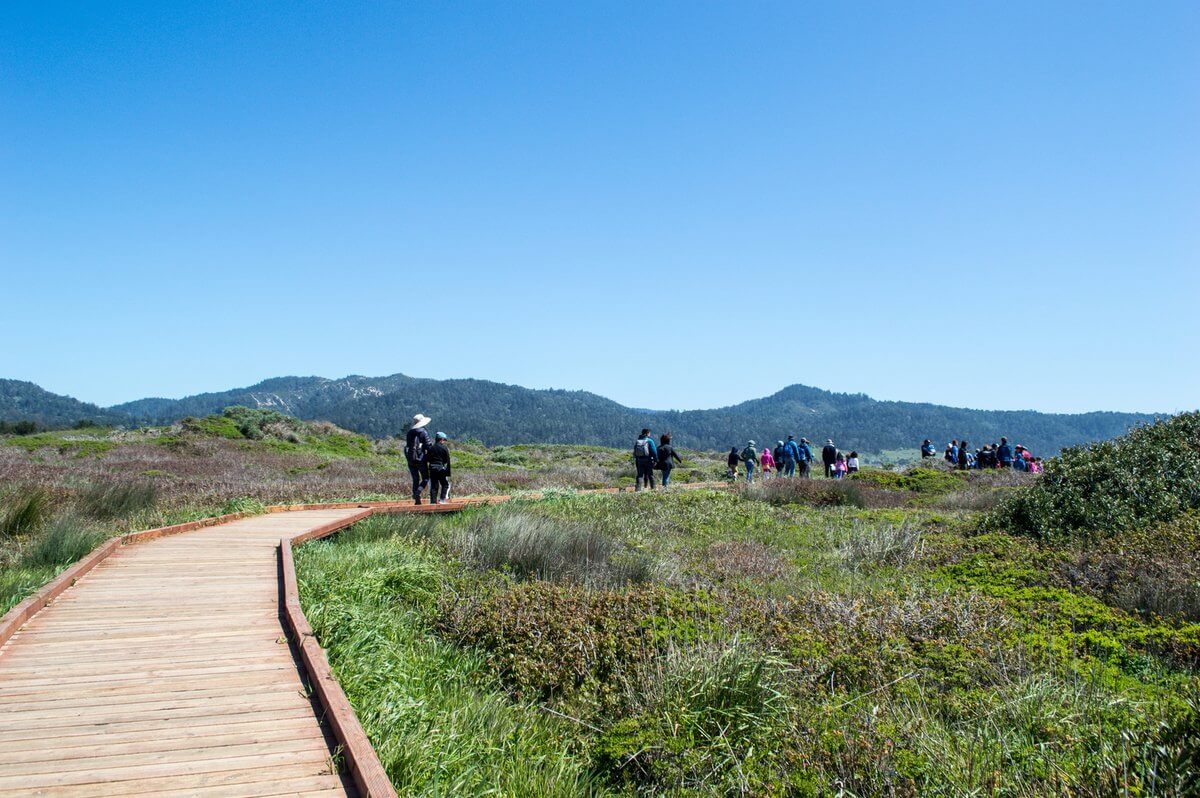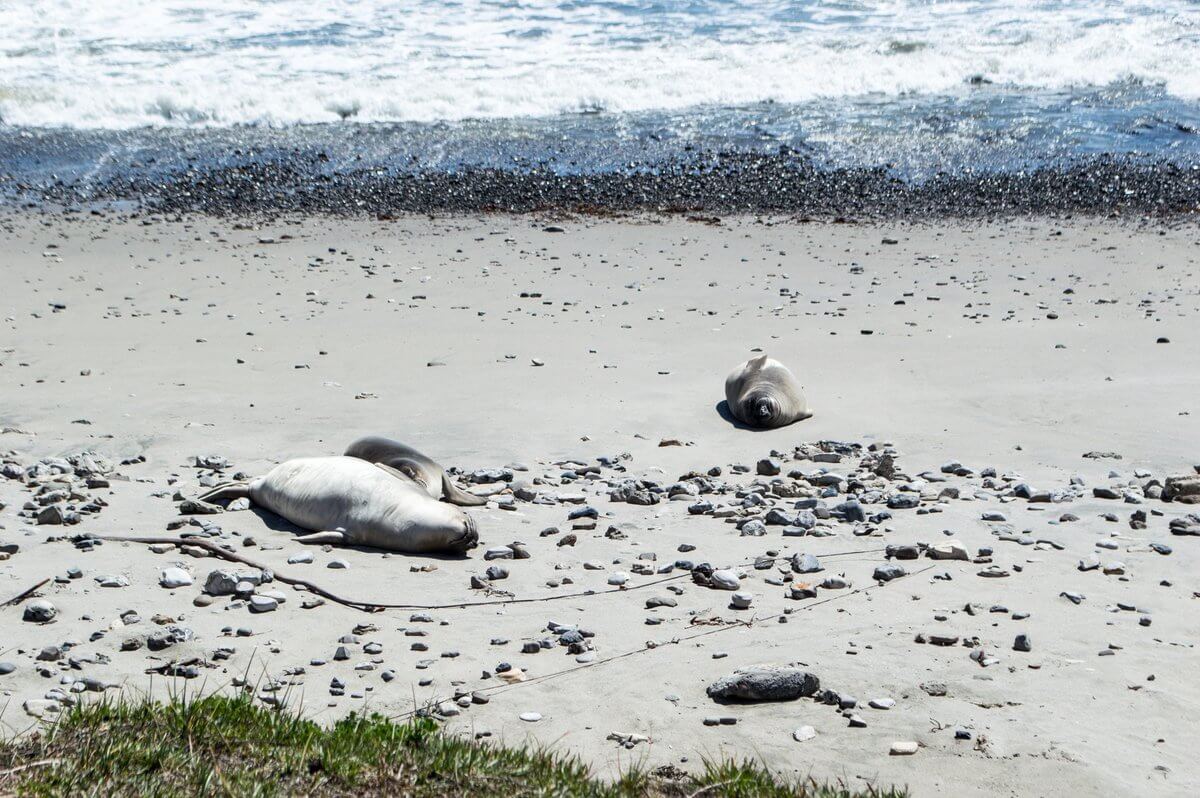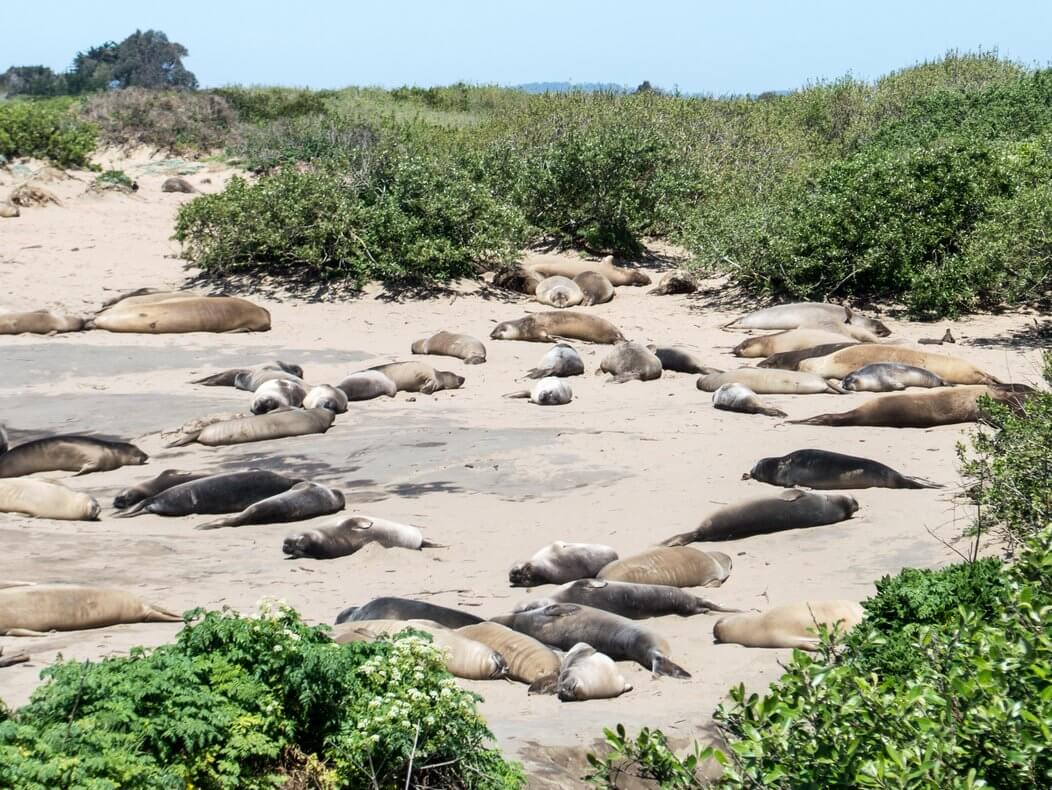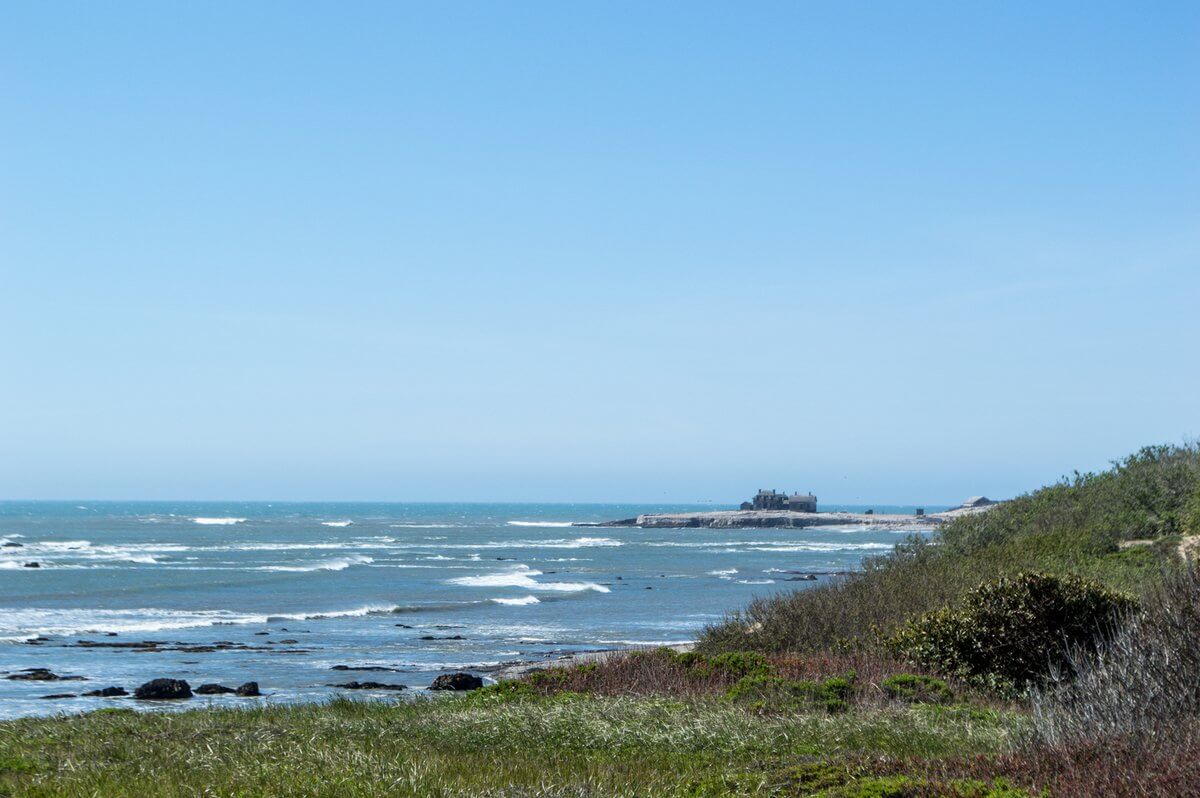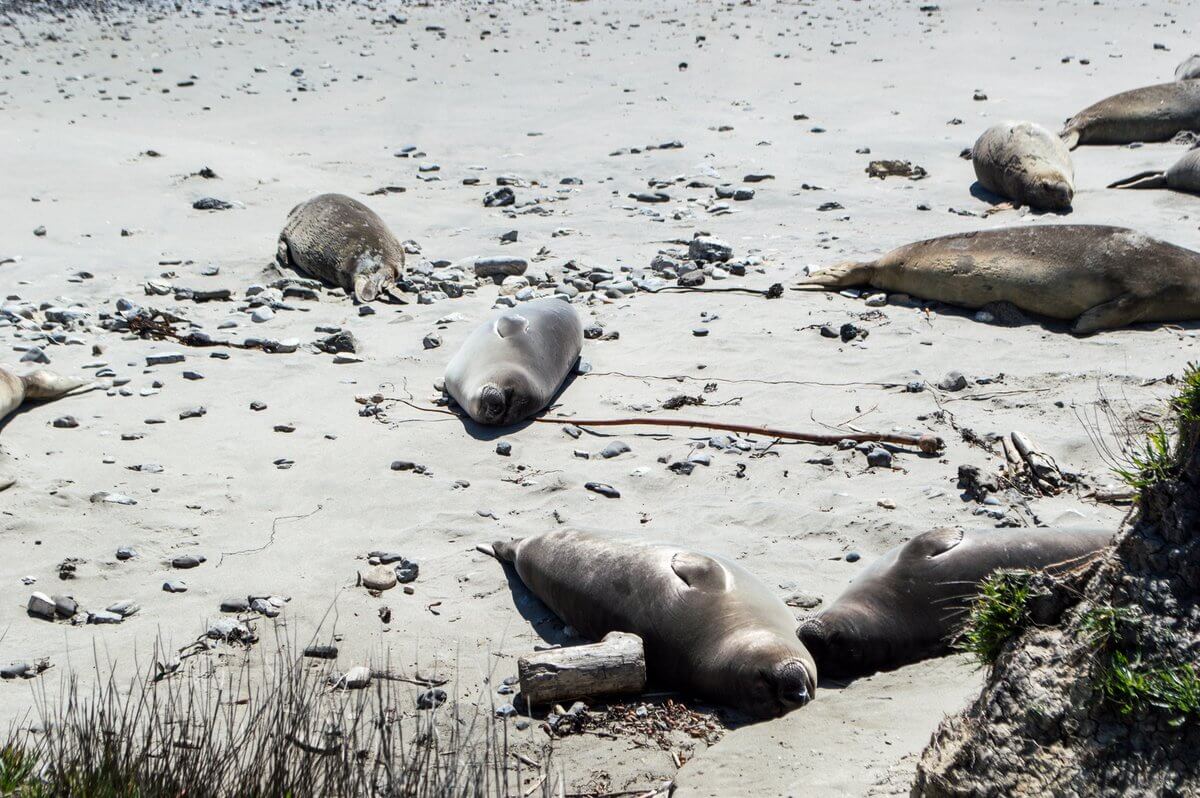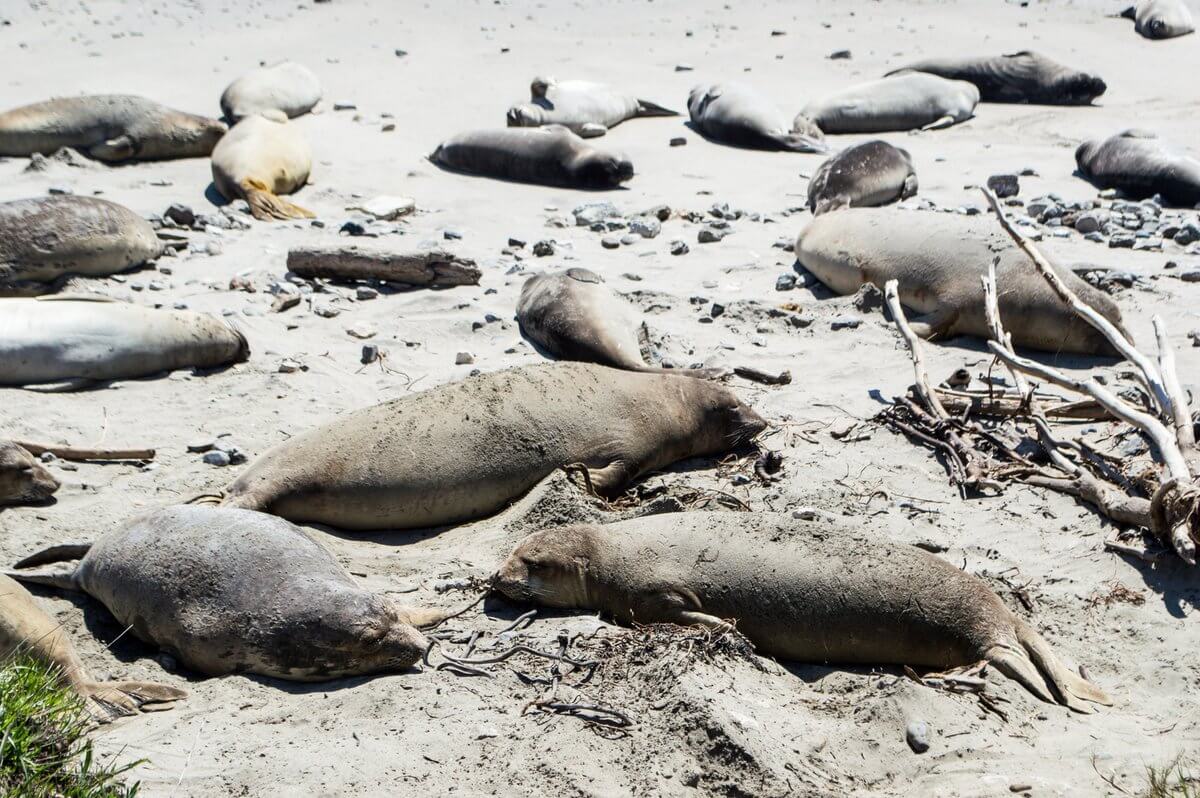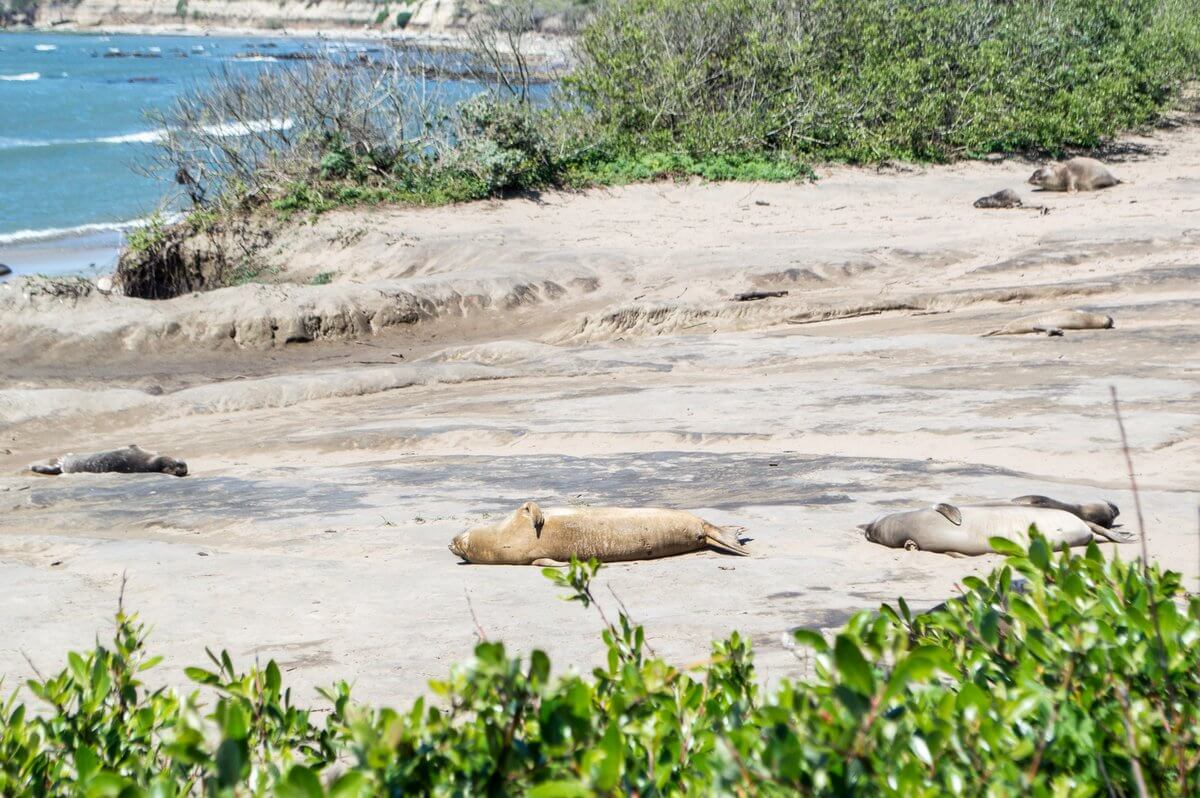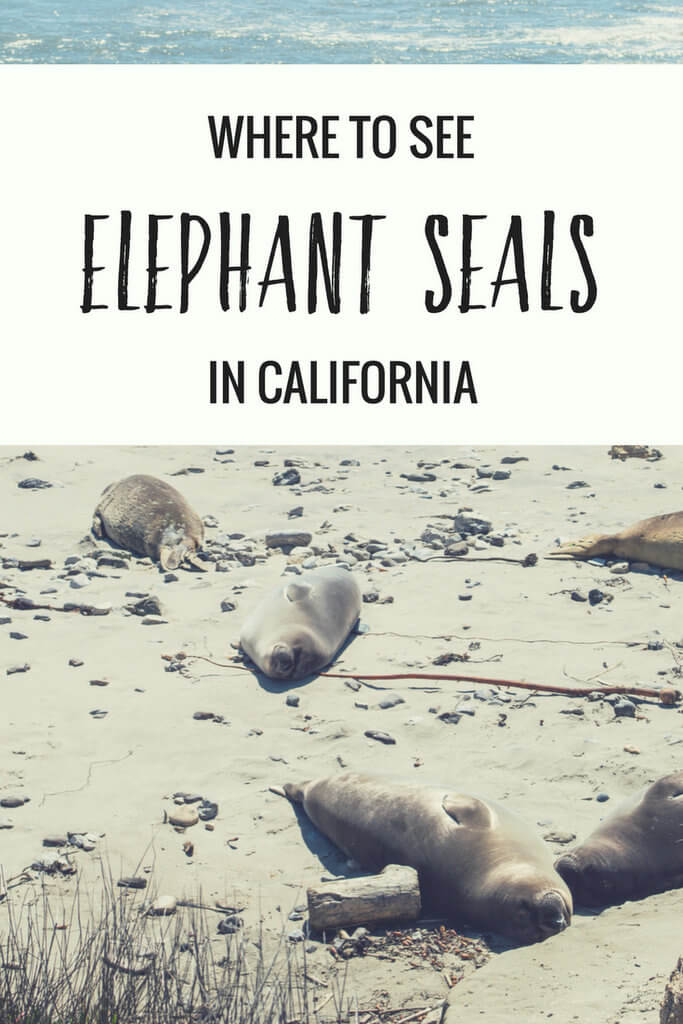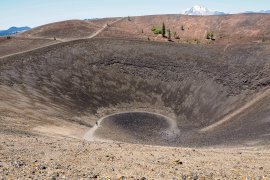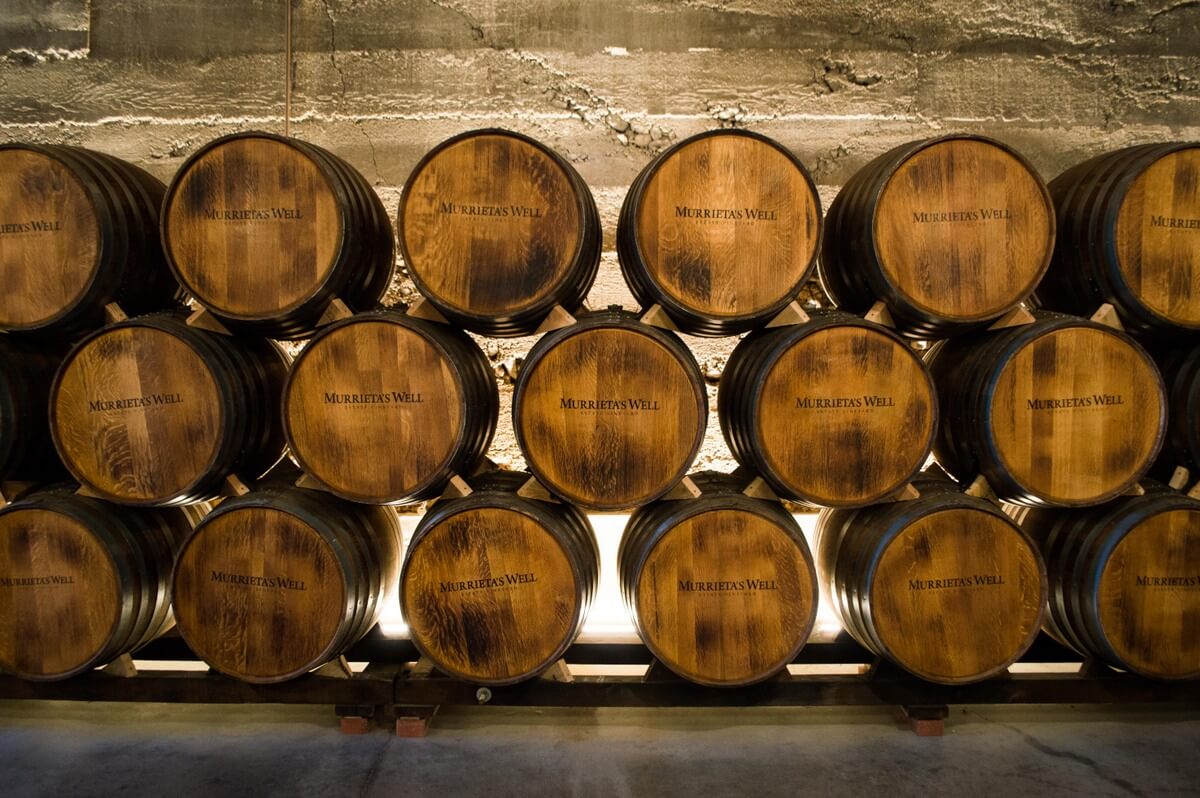My son Noah is finishing 4th grade right now, which means that he and his classmates have begun the study of science with animals. They’ve learned about species, habitats, diets, defense mechanisms and more, and they added a real life element to their Waldorf studies by visiting the natural habitat of the northern elephant seal. If you want to know where to see elephant seals, Año Nuevo State Park just south of San Francisco is the answer. I loved this excursion and highly recommend it for anyone who’s interested in nature and animals.
Read more: How to spend a weekend in Half Moon Bay
Where to see elephant seals in the wild:
Where is Año Nuevo State Park?
Año Nuevo State Park is located on the California coast between Santa Cruz and San Francisco. The drive to Año Nuevo State Park on Highway 1 is gorgeous. This stretch of the highway is beautiful yet not too curvy, so it makes for a pretty easy drive from San Francisco or Santa Cruz. We paired this day trip with a weekend in Santa Cruz and Capitola. My son stayed at the Point Montara Lighthouse hostel, which is near Half Moon Bay about 40 minutes north of the park.
When you arrive in Año Nuevo State Park, you pay the $10 day use fee and park in the long parking lot. There are bathrooms and picnic tables there. A short walk from the parking lot takes you to the the Marine Education Center, where you can tour the small exhibit to learn about the elephant seal and, if necessary, get your ticket for the tour. There’s also a shop that sells necessities like sunhats and water. The center is housed in an old white building from the 19th century dairy ranch.
Do you need to take a tour to see the elephant seals?
This tiny point on the Northern California coast is home to around 10,000 elephant seals every year. They come year round and allow visitors to see three important stages: mating, giving birth, and molting. The tour requirements are different depending on the time of the year. We visited on March 31, the last day of the breeding season; if you visit between December 15 and March 31, you must take a guided walk with a docent in order to see the seals. If you come at other times of the year, you can take a self-guided walk to see the seals.
How much does the elephant seal tour cost? Do you need to make reservations?
The guided tour is $7 per person, and children under 3 are free. It’s highly recommended to make reservations in advance because the tours are limited to 20 people and can fill up fast. Tickets go on sale on Oct. 20th and can be purchased up to 56 days in advance. If you do not make a reservation at least one day before arriving, you can try to buy any unused tickets, which are sold each day on a first-come, first-served basis. Find out more here.
How far is the elephant seal tour?
If you do the self-guided tour (which is not an option Dec. 15-March 31), you can choose how much you want to walk, but I’d say the minimum is almost 3 miles and around 2 hours. On the guided tour, expect to be gone at least 2.5 hours and to walk about 3 miles. The majority of the distance is getting down to the water where the seals are. The walk is not strenuous — it’s mostly flat on a mix of wide sandy trails, wooden plank paths, and sand dunes, and there’s plenty of time to stop and rest if you’d like.
What happens on the elephant seal tour?
The tour begins with a 15-minute walk on an easy path down to meet the docent. He or she will begin by explaining why the park is so special to elephant seals. We learned that the seals were hunted for their blubber in the 19th century to the point of near-extinction. By 1892 there were no seals left on the coast; only a group of fewer than 200 seals were left on an island near Baja California.
After time, this tiny colony grew until the seals were able to regain their habitat along the California coast. In the 1950s, the first pup was born at Año Nuevo, and the number of seals has continued to grow since then. It’s exciting to think that we are witness to the process of a species recovering from the damage done by humans more than 100 years ago.
While explaining the history of the park, the docent will point out the old lighthouse keeper’s house on the island, which is now an important place of residence for sea lions and sea birds.
After that, the docent takes visitors to a board with information about the life cycle of the elephant seal. The seals spend most of their lives in the ocean but come here for three important events each year: breeding, birthing, and molting.
The seals come here in December to mate. It is then that you can see the most exciting event at the park: the huge males, which weigh up to 2.5 tons (!), fighting for dominance. They bang their chests against one another, sometimes with bloody consequences. The males with their strange bulbous nose are the ones who give the species its elephant name.
Just after the males start their fighting, the females arrive, some of whom are pregnant from the year before. The females give birth to one pup, which is nursed for about 28 days. The females then can mate before going back out to sea when the pups are about one month old. By March most of the adult seals have left, and it’s mostly pups that are left — so cute!
During this time, the seal pups gain a lot of weight from their mother’s milk, which at 55% fat is the richest in the animal kingdom! The adults seals don’t eat while on shore, so after being here for about a month, their mothers return to sea. The pups live off the fat they’ve stored and actually lose a lot of weight during this time. They learn to swim in the shallow waters just off shore and then go to sea by the end of April.
April to November is molting season. The pups that are left shed their black skin and are left with a shiny new coat (based on the color of the cute ones above, it looks like we saw some that had already molted). Adult seals show up at various times during these months to shed their skin; the timing depends on their age and gender. They stay for about a month before returning to sea again.
When is the best time to see the elephant seals?
First, the park is closed December 1-14 to give the seals extra protection during the important mating season, so you can rule that time out. From what I understood, if you want to see the male battles, you should try to come in the latter part of December. If you want to see the new pups with their moms, try January through early March. Between April and August is the best time to see the seals molting.
Keep in mind the weather — January through April is the rainy season in California, and the park does not cancel or give refunds when it rains. Winter here can mean big storms and a lot of wind, so be prepared for possible blustery conditions in winter. However, you can also get beautiful sunny days and may see whales passing by in the winter. Like the rest of the California coast, it is often foggy and cold here in the summer.
By the way, the cutest thing we saw that day couldn’t be captured in photos — it was the seals bouncing around on the sand. They are so jiggly! It’s really fun to watch. They seem to be sleeping when all of a sudden, one raises its head and starts jiggling its way across the sand surprisingly fast! This seems to quickly tire them out because they stop, rest, and then bounce some more.
This was a special day, and we felt honored to get a peek into the seals’ natural habitat.
Do you have tips for where to see elephant seals in the wild? Where have you seen animals in their natural habitat? Were precautions taken to respect their space and preserve their habitat?

